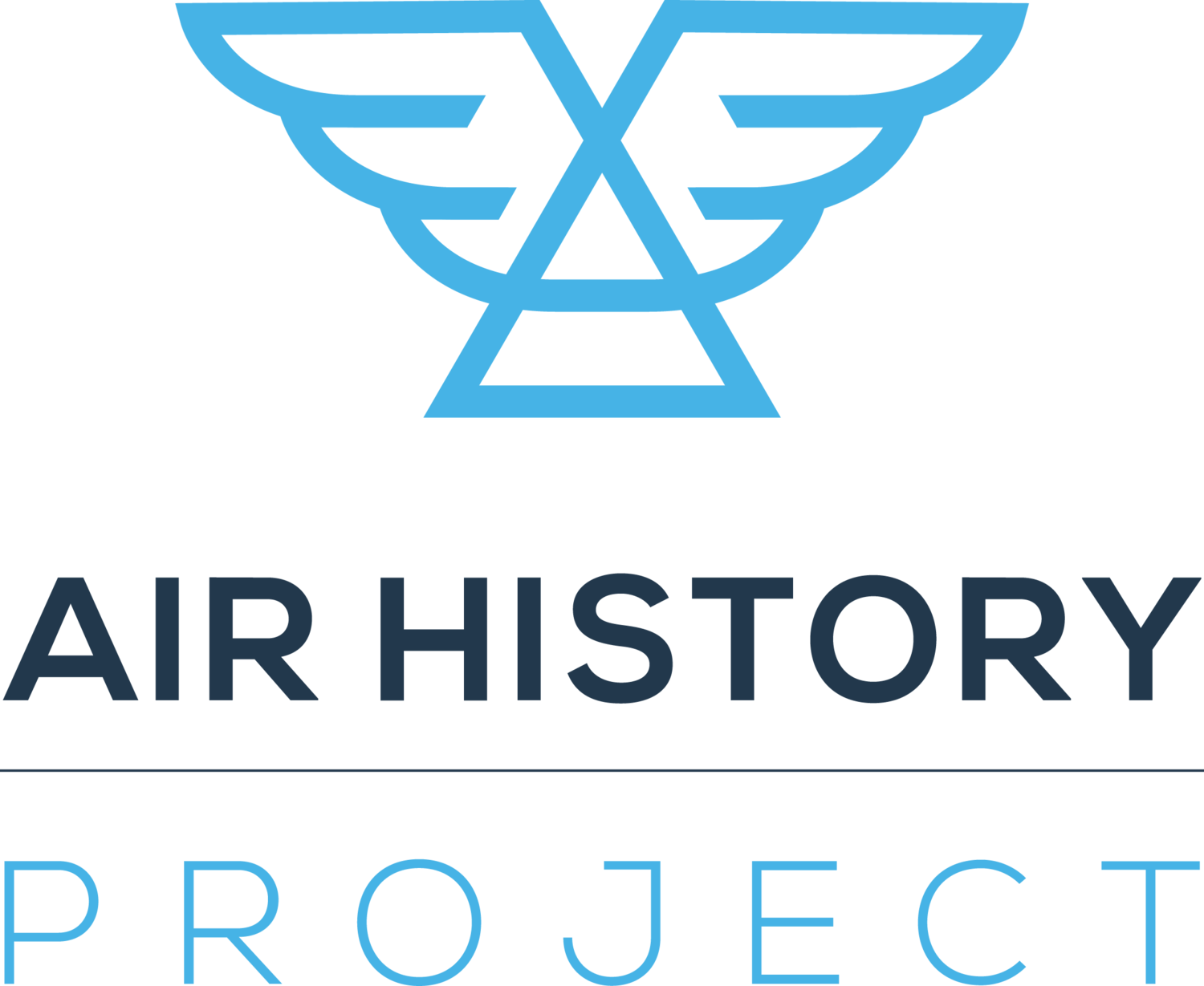
The Aircraft of Pan American Airways at Dinner Key
From the late 1920s through the 1940s, Pan American Airways (Pan Am) operated some of the most legendary flying boats in aviation history from its international seaplane terminal at Dinner Key in Coconut Grove, Miami. These majestic aircraft were instrumental in pioneering global air travel, linking Miami with destinations throughout the Caribbean, South America, and across the Pacific. Below are the iconic flying boats that made Dinner Key a gateway to the world.
Martin M-130 – The "China Clipper" Era Begins
First Flight: 1934
Range: 3,200 miles
Capacity: 36 passengers plus cargo
The Martin M-130 was Pan Am’s first truly transoceanic flying boat, designed for long-haul routes across the Pacific. Only three were built—China Clipper, Philippine Clipper, and Hawaii Clipper—but they became synonymous with early international air travel. These aircraft connected Miami to destinations as far as Manila, setting the stage for intercontinental passenger service.
Sikorsky S-40 – The "Flying Forest"
First Flight: 1931
Range: 500-800 miles depending on passenger/cargo load
Capacity: 24-38 passengers
The Sikorsky S-40, nicknamed the "Flying Forest" due to its complex network of struts and supports, was Pan Am’s first large passenger flying boat. It was used primarily for routes across the Caribbean and down the coast of South America. With a range of 800 miles, it was not truly an oceanic aircraft, but it played a key role in establishing Pan Am’s early network.
Cabin diagram of Pan Am Sikorsky S-40
Sikorsky S-42 – The Blueprint for Transoceanic Flight
First Flight: 1934
Range: 1,200 miles
Capacity: 37 passengers
An improvement over the S-40, the Sikorsky S-42 introduced streamlined aerodynamics and greater fuel capacity, allowing for longer flights. It was Pan Am’s first aircraft capable of non-stop flights to much of Latin America. The S-42 was crucial in mapping out future transatlantic and transpacific routes, serving as a testbed for the long-range flying boats that followed.
Sikorsky S-42 – The Blueprint for Transoceanic Flight
First Flight: 1934
Range: 1,200 miles
Capacity: 37 passengers
An improvement over the S-40, the Sikorsky S-42 introduced streamlined aerodynamics and greater fuel capacity, allowing for longer flights. It was Pan Am’s first aircraft capable of non-stop flights to much of Latin America. The S-42 was crucial in mapping out future transatlantic and transpacific routes, serving as a testbed for the long-range flying boats that followed.
Boeing 314 – The Ultimate Flying Boat
First Flight: 1938
Range: 3,500 miles
Capacity: 74 passengers in luxury accommodations
The Boeing 314 Clipper was the pinnacle of flying boat design, offering true transatlantic and transpacific service with unparalleled luxury. Equipped with sleeping berths, dining lounges, and even a bridal suite, it redefined air travel in the late 1930s and early 1940s. Pan Am’s Yankee Clipper, Dixie Clipper, and Atlantic Clipper became the preferred mode of air travel for high-profile passengers crossing the ocean before World War II.
Pan American Boeing 314 Clippers at Coconut Grove Terminal
Other Aircraft Operated from Dinner Key
Sikorsky S-38 (1928) – A smaller, amphibious flying boat used for early Caribbean and South American routes.
Consolidated Commodore (1930) – A lesser-known but important flying boat that briefly served Pan Am’s Caribbean network before being replaced by the S-40.
A Legacy in the Sky
Dinner Key was more than just an airport—it was the launchpad for the first generation of international airline travel. The flying boats that once took off from Biscayne Bay helped define modern aviation, creating the airways that would eventually lead to the jet age. Today, while the flying boats are long gone, their legacy remains in the history of Pan Am and the city of Miami.
Visit Dinner Key and imagine the golden age of aviation, when these incredible aircraft took to the skies!









